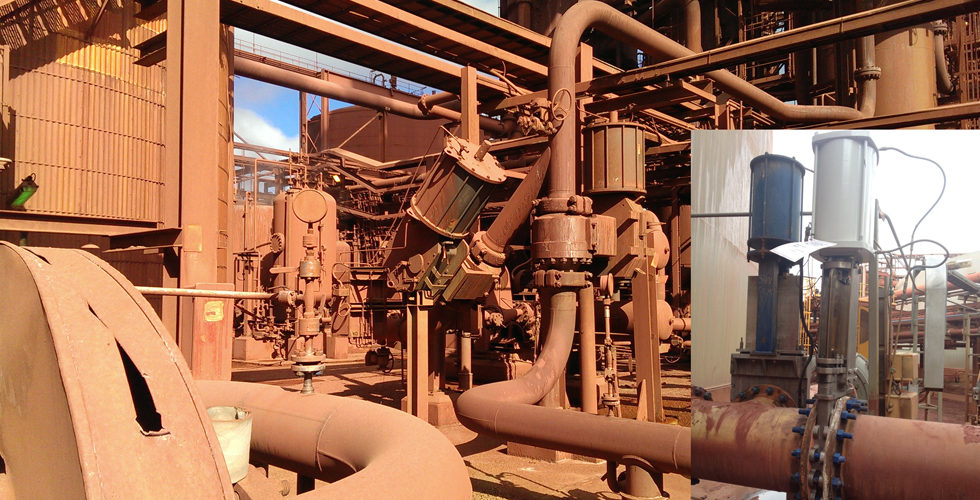A power drill is an indispensable tool for construction, home improvement, and woodworking tasks. Its primary functions—drilling holes and driving screws—make it a favorite among professionals and DIYers alike. With options ranging from corded to cordless models and specialized varieties like hammer drills, choosing the right one can make all the difference in the success of your projects.
In addition to common uses, power drills are essential in construction applications that involve geotextiles, such as anchoring retaining walls or securing drainage systems. This guide answers key questions about power drills to help you use them effectively and safely.

What types of power drills are available?
Power drills come in different types, each suited to specific tasks:
- Corded Drills: Reliable for continuous use and heavy-duty tasks.
- Cordless Drills: Portable and versatile, ideal for on-the-go work.
- Hammer Drills: Combine drilling and hammering for hard surfaces like concrete.
- Impact Drivers: High torque makes them ideal for driving screws and bolts.
Choose a drill type based on the material and nature of your work.
How do you maintain a power drill?
Proper care is crucial for a long-lasting tool:
- Regular Cleaning: Clear dust and debris from the vents.
- Battery Care: Ensure batteries are charged correctly and not overused.
- Check Drill Bits: Keep bits sharp and appropriate for your tasks.
- Storage: Store in a clean, dry place to prevent rust or damage.
Following these practices ensures your drill operates smoothly, even in demanding jobs like geotextile installations.
What safety measures should you follow?
Power drills are powerful tools, so safety is paramount:
- Wear Safety Equipment: Goggles and gloves are essential.
- Secure Workpieces: Clamp materials to avoid movement during drilling.
- Inspect the Tool: Verify that the bit is tight and the drill is in good condition.
- Be Aware of Surroundings: Avoid loose clothing or distractions.
Using proper safety measures minimizes risks, especially when working on complex tasks such as geotextile reinforcement.
How are power drills used in geotextile-related projects?
Power drills are invaluable in geotextile applications for:
- Installing Anchors: Drilling holes to secure retaining walls.
- Structural Adjustments: Attaching supports and brackets for stability.
- Simplifying Assembly: Speeding up the process of fixing geotextile layers.
These applications highlight the tool’s versatility and precision in projects that require durability and efficiency.
From drilling through wood to assembling structures with geotextile fabrics, a power drill is an essential tool. By understanding the types, maintenance, safety, and applications of power drills, you can achieve professional results in a range of projects.